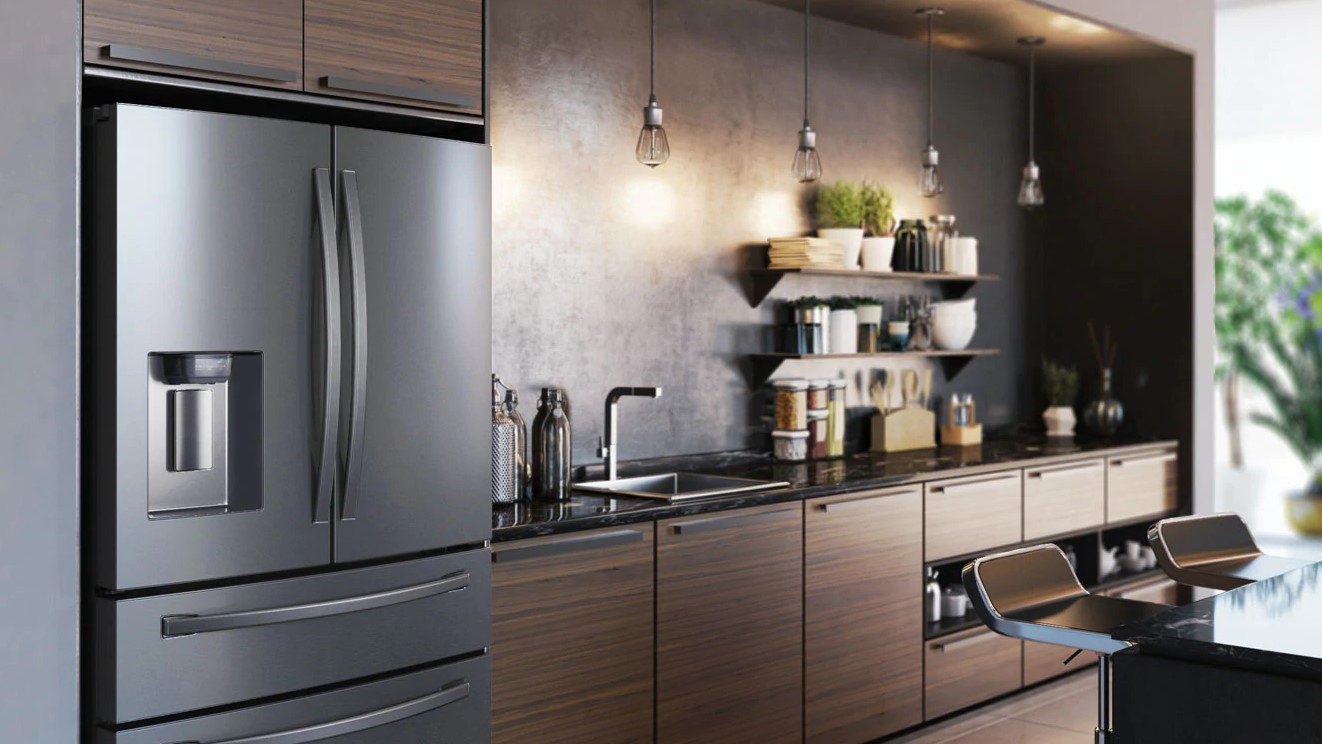Knowing how to measure for a new fridge can save you the inconvenience of receiving your new refrigerator, only to realise it doesn’t fit quite how you wanted. In our guides to the best side-by-side refrigerators and best french door refrigerators we always make sure you know the exact dimensions of the fridge you’re looking at, meaning you can immediately rule it out if it’s too big, or not the right counter size for you. In order to make the most of these guides though, you need to have the exact measurements you need for your new fridge at the ready. Here’s how to measure.
Find your space
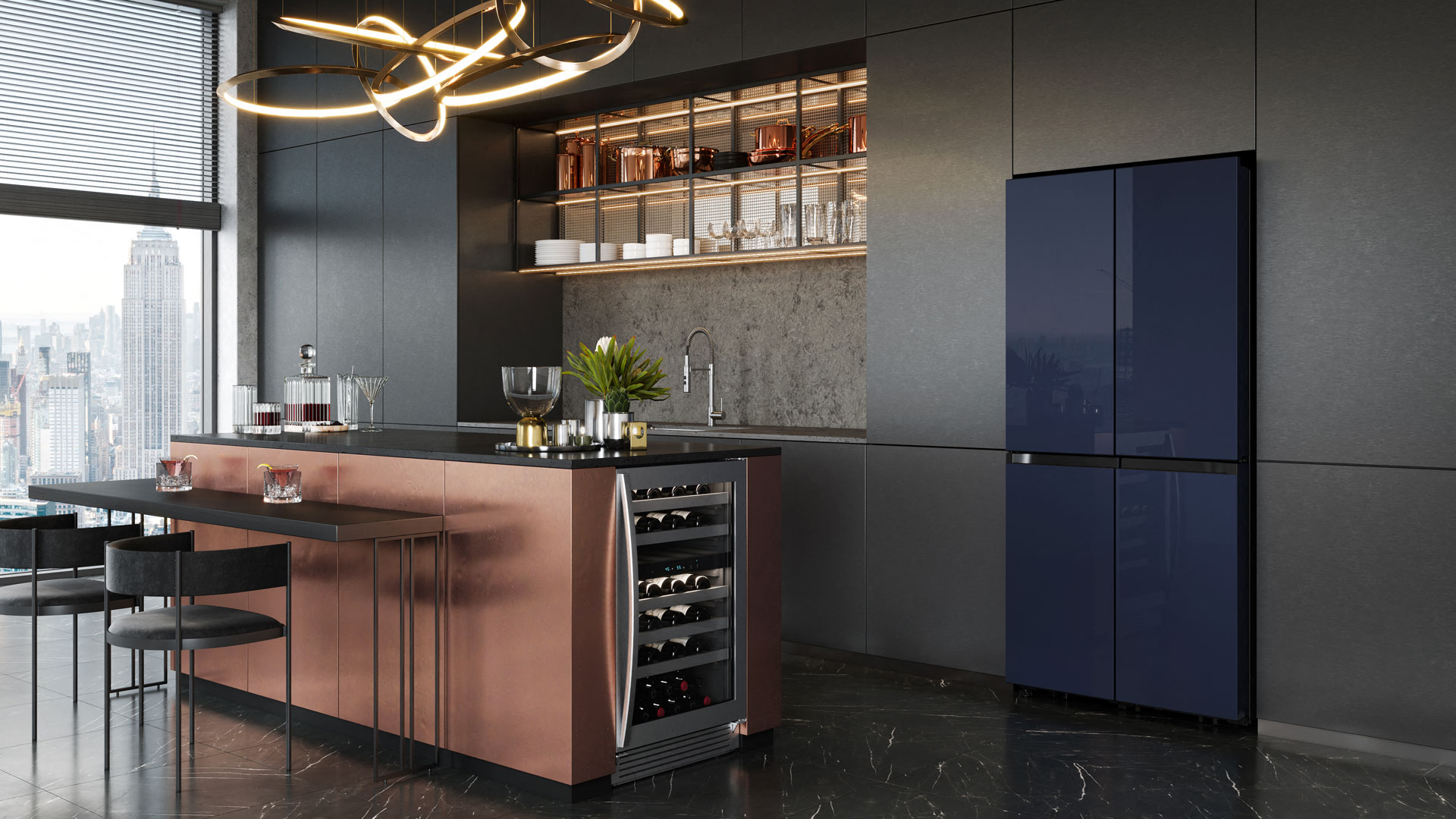
Most homes have a pre-ordained slot for your refrigerator, so if you’re learning how to measure for a new fridge it’s likely to fit a new model into where your old one once lived. Some people opt for a standalone refrigerator where there are no space constraints, but for most, a counter-width fridge will be needed to slot between cupboards and counters.
The standard counter width is 30 inches, which is why you’ll see a lot of cooktops and ovens with this same width, and you’ll find that most fridges also typically measure 30 inches wide. To be extra safe, take a tape measure and measure the width at its narrowest point, to make sure your new fridge can go all the way in. Width is the easy part, and it’s in height and depth that you’ll find more variation.
Height is important when measuring for a new refrigerator for two reasons. Firstly, you want to make sure everything is within reach for your family, otherwise it could waste valuable capacity space. Secondly, if you have restrictions in the form of cupboards or ceilings, you need to check that your fridge will still slot in. The average refrigerator will measure anywhere from 65 to 70 inches in height, so take a tape measure right from the floor up to the underside of your cabinets to find how high your fridge can go.
Pay attention to counter depth
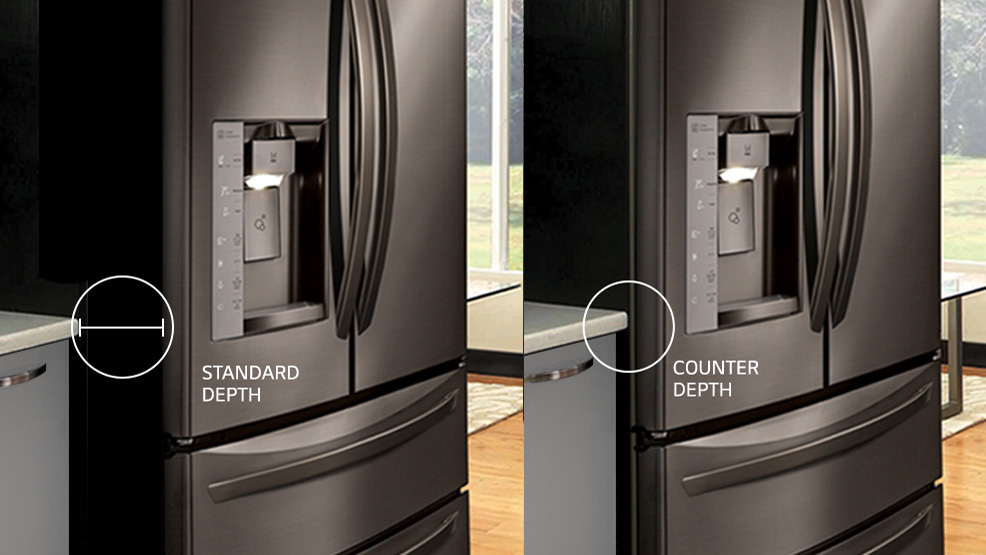
The largest variable in buying a new fridge is counter depth. We’ve found a range of counter depth refrigerators in our guide, but most fridges will come in standard depth. What is counter depth? Well, this is the depth of the average counter. Refrigerators that come in counter depth dimensions are likely to create a smooth finish in your kitchen, fitting into space like a hand in a glove.
The typical counter depth refrigerator will measure 25 inches deep. Standard depth refrigerators, by contrast, will usually stick out past your cabinets at over 30 inches, and sometimes up to 35 inches in depth. While this won’t look as slick, you’ll get a whole lot more capacity when you opt for a standard depth refrigerator. Check to see if you have the clearance for a standard refrigerator before making your decision. Small kitchens or those with an island close to counters may struggle to accommodate a standard refrigerator comfortably.
Every measurement matters
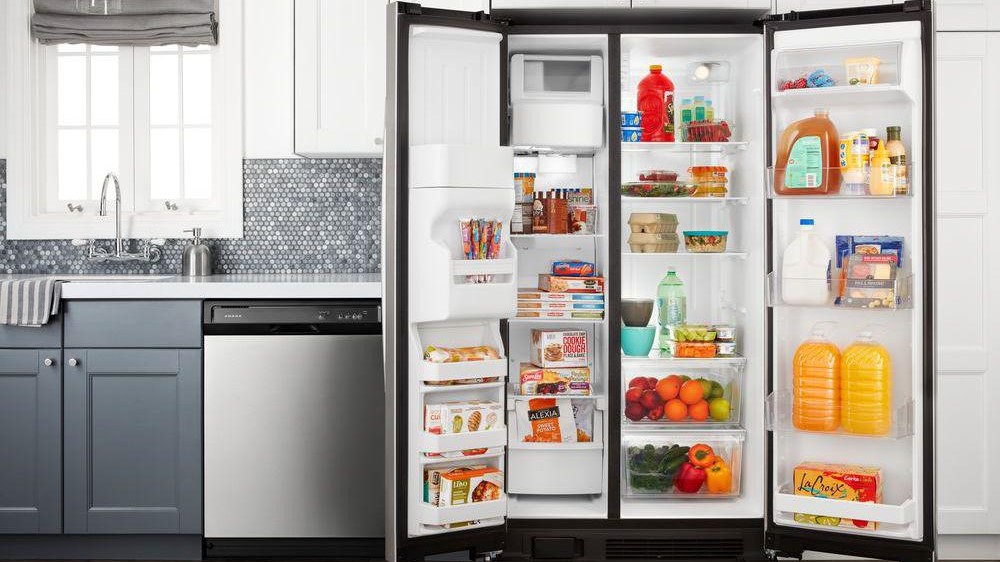
Standard refrigerator measurements are taken with the doors closed, but don’t forget that you’ll need to open it! This means you need room for doors to either swing open or for drawers to slide forward, depending on your model of choice.
First, measure how much space your new fridge will have to open comfortably in your home. If you have kitchen islands or simply have a smaller space, you need to make sure your fridge can comfortably open. Another thing to consider is if your fridge is near a door. If your door is open, your refrigerator door shouldn’t be limited by this. You can map out the space in your home visually if this helps, with allocated swing spaces to illustrate where there may be a clash.
Fridge measurements will always show the depth when the doors are closed, and when they’re 90 degrees open. The width is also important, because as your doors swing open they need space for door handles and hinges to not hit against walls or counters. Take account of both when shopping around, and for french door refrigerators, also consider the full depth when the freezer drawer is open.
Not too snug
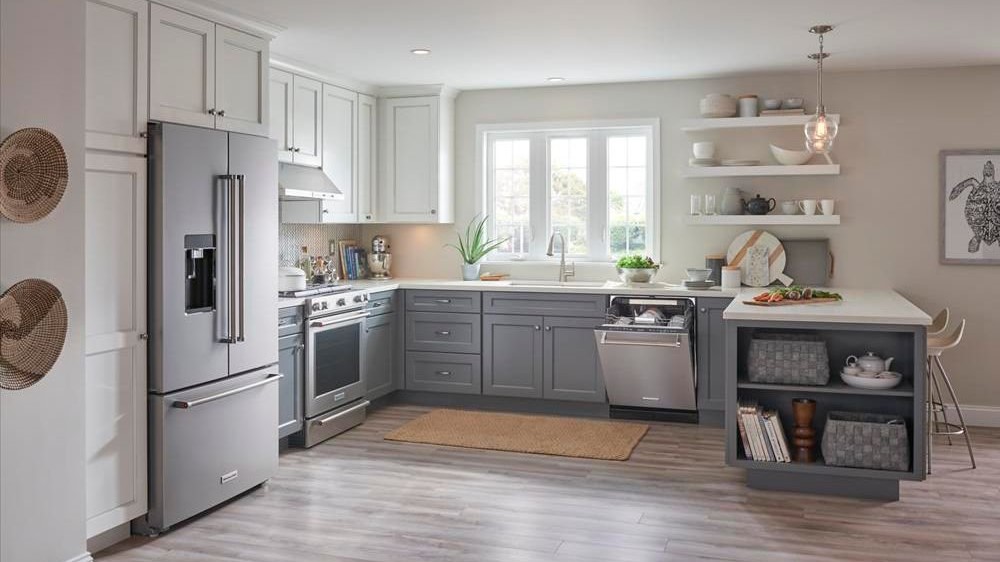
The right refrigerator for your home will certainly be smaller than the maximal measurements you’ve noted down when measuring for your new fridge, so do not take your measurements as size requirements. Instead, you should consider the clearance needed from the back and sides of your refrigerator to make sure the fit is comfortable.
Refrigerators need clearance, which allows air around them to circulate and prevent them from overheating. From the back, a refrigerator will need two inches on average to keep your refrigerator healthy. Subtract two inches from your preferred depth and seek a refrigerator that matches this.
Next up, you’ll need to do the same for the doors. Either side of the refrigerator should have some clearance to make it easier to fit in, and to create that airflow your fridge needs. At a minimum, you should allow half an inch either side of your refrigerator for this, but if it’s going next to a wall add at least two more inches to account for the space your door handle will need as it extends out. Subtract the additional space you need from your total space allowance and seek a fridge with this width or less.
Finally, if you have height limits to your refrigerator, make sure it has at least an inch above it to create a fresh flow of air. Make those amendments to your measurements, and you should have the ideal height, width, and depth of your desired refrigerator. Now take a look at our guide to the best french door refrigerators and best side-by-side refrigerators to find the right one for you, or for more fridge tips, check out our features on how to organize your refrigerator, and how to help your fridge live longer.
